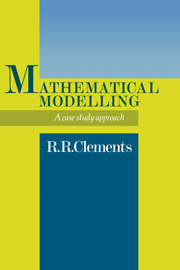Summary
This book is the culmination of more than ten years work by the author on ways of teaching undergraduate students how to become not only competent mathematicians but also skilled users of mathematics in the solution of problems arising in the real world.
In a degree course, at least in mathematics and those related disciplines in which mathematics is a tool, three things must be taught. Firstly, there is a body of factual knowledge and technique which students must acquire. Secondly, the skill of extending their mastery of factual knowledge and technique must also be acquired, that is they must learn how to learn more mathematics as and when the need arises. Thirdly, since all the mathematical knowledge and technique in the world is of little use to the practical mathematician, engineer or scientist if the skill of applying that knowledge to their professional problems is missing, students must learn how to use their mathematical knowledge in solving the problems of the real world. In the past the second and third of these aspects of mathematics have not been formally taught, rather it was assumed that students would acquire them incidentally (one might almost say accidentally) whilst studying the facts, theorems and techniques of mathematics. Indeed there has been considerable doubt as to whether these skills could be taught effectively at all. At the same time, though, one of the classical justifications advanced for teaching mechanics has always been that, through the study of mechanics, students will learn something about the art of applying mathematical theory to the problems of the real world.
- Type
- Chapter
- Information
- Mathematical ModellingA Case Study Approach, pp. 1 - 5Publisher: Cambridge University PressPrint publication year: 1989
- 1
- Cited by



